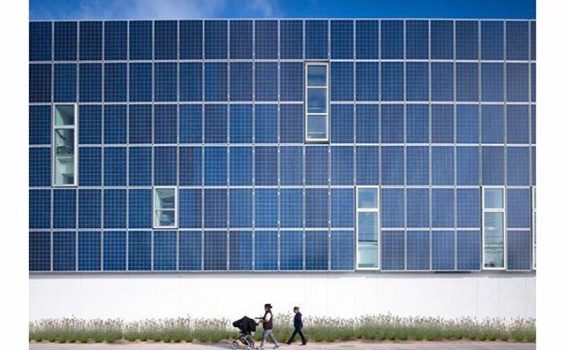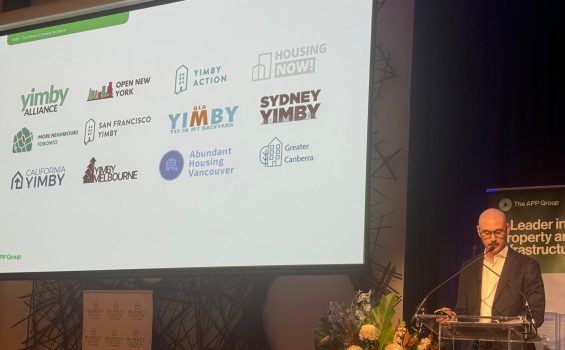
Getting Materials Right: another key step in the zero emissions transition
4 June 2024
A key theme that has emerged on this sustainable cities study tour has been the issue of building materials.
This is not an issue I have given a lot of attention to previously as my primary focus, and that of Climate Positive Perth, has been sustainability at the macro-urban form level; good density linked to public transport and connected by urban greening and cycling and walking options.
But my time in Europe (and especially Copenhagen and Malmo) opened my eyes to how sustainable materials can play a key role in the low-carbon transition.
In Copenhagen, I met with Henning Larsen Architects who explained the new taxation regimes and targets on embodied energy in new buildings that have been in place for the last two years. These rules currently allow up 12 kg of CO2e per cubic meter per year. This is going down to 8kg and then to then 6kg. Every new building is required to do this carbon calculation.
According to the Green Building Council, buildings are responsible for around 39% of global energy-related carbon emissions: 28% from operational emissions, from the energy needed to heat, cool, and power them, and the remaining 11% from materials and construction.
We can’t build our way out of the climate change crisis using carbon-intensive materials like concrete and bricks. We need instead to be using carbon-capturing plant-based materials. As the case against concrete construction gains more evidence, solid timber is emerging as a leader in the list of sustainable alternatives. Timber, in stark contrast to concrete, stores embodied carbon. Thus, by swapping out the structural concrete with timber, the structure will embed tons of carbon instead of emitting tons
I later visited Hanning Larson’s Marmormolen in Copenhagen’s Nordhavn. As you can see the structure of the building will be entirely wooden.


Some of this will also see a return to traditional construction methods and materials but with a modern twist.
To better get our heads around this we met with Karl Norgaard at the Havners Haenders studio and factory at Reffen Arts Quarter who shared his passion and innovative products with us.
For Karl this meant going beyond timber framed buildings (which are an important shift in the right direction) to also using other plant based materials which are faster growing and often seen as waste. Materials like hemp, cork, straw, and even common grass.
As he pointed out constructing a single-family house with hemp saves 5 tonnes of CO2.


This theme was again highlighted in Malmo at the Southern Sweden Design Festival which had some great displays focused on sustainability and building.



Discussion